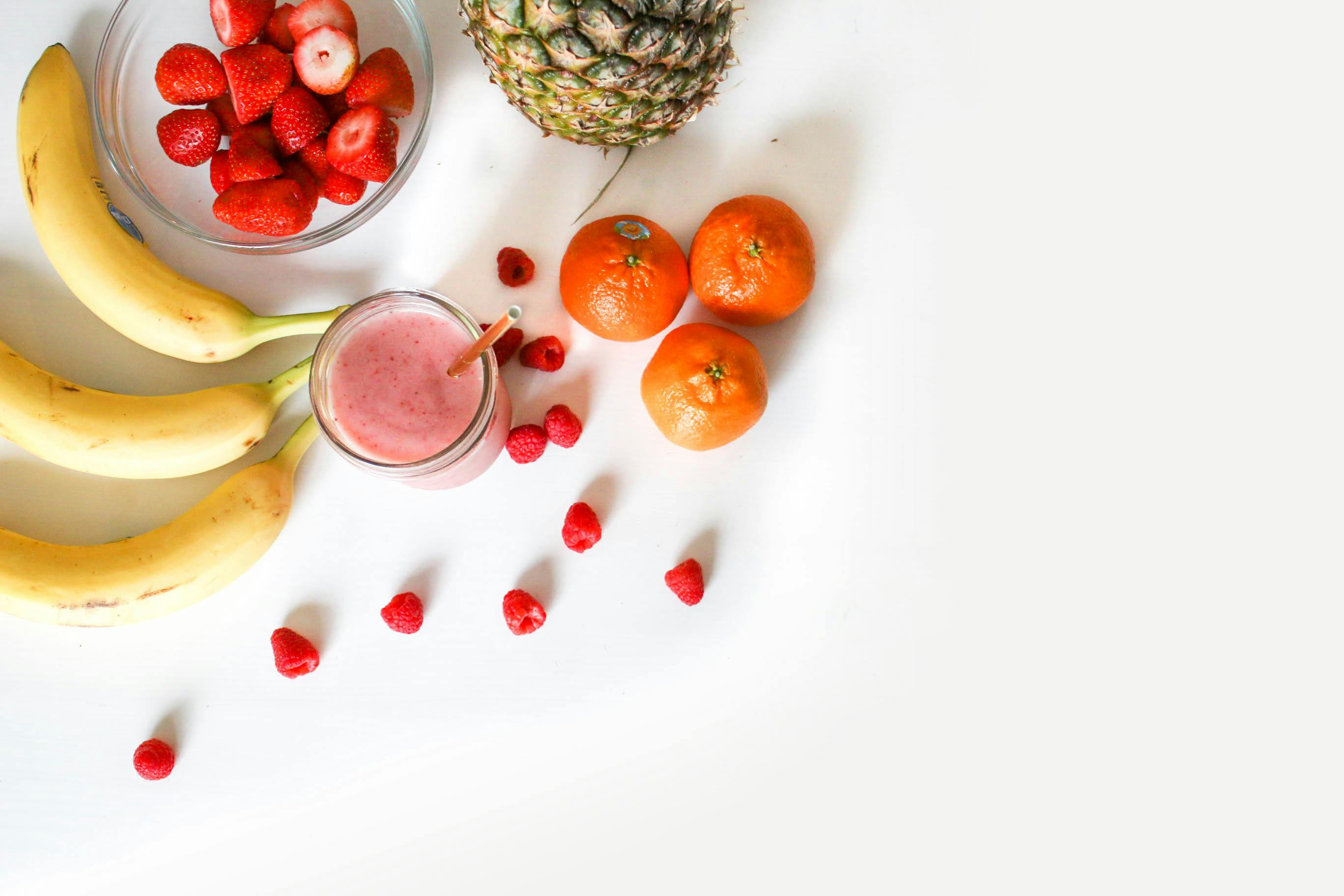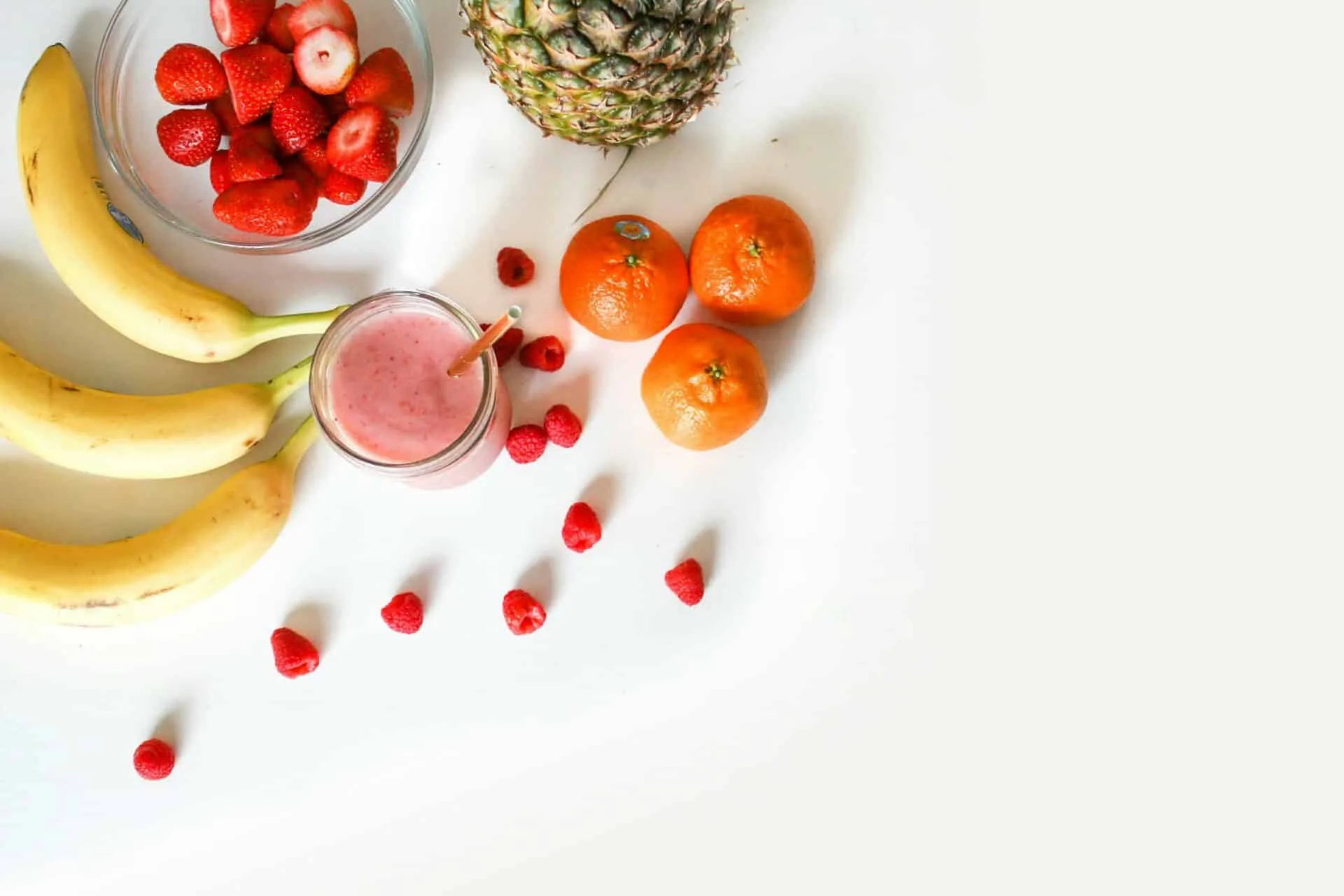Strawberries are a delicious and healthy snack, but birds can be a nuisance when they eat all your strawberries before you get the chance to enjoy them. If you’re looking for ways to keep the birds away from your strawberries, this guide will provide some helpful tips on how to keep them safe from avian pests. With these methods, you’ll be able to enjoy your sweet and juicy strawberries without worrying about birds stealing them away.One way to keep birds away from strawberries is to cover the strawberry plants with netting or bird netting. This will create a physical barrier that will prevent birds from accessing the strawberries. Additionally, you can hang shiny objects, like CDs, along with wind chimes or aluminum strips near the strawberry plants. The shiny objects and noise will deter birds from coming near the strawberries. Finally, you can spray a pepper-based repellent on the leaves of the strawberry plants to discourage birds from eating them.
Know Your Feathered Pests
Pest birds can be a nuisance for homeowners, businesses, and even municipalities. They can cause damage to buildings and structures, contaminate food sources and equipment, spread disease, and create hazardous conditions. To combat pest birds, it is important to first understand the species you are dealing with in order to select the most appropriate solution.
The four most common species of pest birds in the United States are pigeons, starlings, house sparrows, and gulls. Each of these species has unique behaviors and characteristics that you should know in order to accurately identify them and determine the best preventative measures for your property.
Pigeons are medium-sized birds with gray plumage and a characteristic hunchbacked appearance. They typically inhabit urban areas and are often found on rooftops or near buildings. Pigeons feed on grains, seeds, fruits, vegetables, insects, bird feeders, garbage cans – anything they can find! As they nest in colonies near human activity their droppings can quickly accumulate on surfaces below causing damage to property or spreading diseases like Histoplasmosis or Salmonellosis.
Starlings are small black birds with glossy feathers that often flock together in large numbers. They prefer open areas such as fields or grasslands but can also be found in urban areas where they will roost in trees or shrubs close to human activity. Starlings eat a variety of foods including insects as well as fruits and vegetables from gardens or bird feeders. Like pigeons their droppings create unsanitary conditions as well as damage to property.
House sparrows are small brown-gray birds that are commonly found near residential buildings. They favor open areas such as fields but will also nest close to human dwellings such as porches or eaves of homes. House sparrows eat mainly seeds from weeds but will also consume fruits and vegetables from gardens if available. Their droppings may contain bacteria like E. coli which is hazardous to human health.
Finally gulls are large white birds with black wingtips that inhabit coastal areas but may be seen inland around garbage dumps or other sources of food waste. Gulls usually feed on fish but will also scavenge for food around humans such as at picnic areas or other outdoor venues where food is present. Their droppings can create slippery surfaces which make walking hazardous and may contain bacteria like Salmonella which can cause illness if ingested.
By understanding the behavior of these common pest birds you can take the necessary steps to protect your property from the damage they may cause. Whether it’s installing physical deterrents like spikes or netting to prevent roosting or implementing exclusion techniques such as light scaring devices you’ll be able to keep your home safe from pest birds!
Planting Strategies for Bird-Proof Strawberries
Strawberries are a delicious and nutritious summer fruit, and birds love them as much as people. Unfortunately, when birds help themselves to your strawberry patch, it can leave you with little or no fruit to harvest. To keep birds away from your strawberries, you can use various planting strategies that will make it difficult for them to reach the berries.
One technique is to cover the strawberry patch with bird netting or chicken wire. This will protect the plants from birds while still allowing sunlight and rain to pass through. Make sure the netting is securely attached to the ground so it won’t easily be lifted away by birds or other animals. You’ll need to check it periodically for any tears or gaps that may have formed, and repair them promptly.
Another way of keeping birds away from your strawberries is by planting them in raised beds or containers. This prevents birds from being able to land on top of the plants and pick off the berries. Raised beds also provide better drainage than planting strawberries directly in the ground, which can help prevent fungal diseases from developing on your plants.
You can also try interplanting taller crops such as corn or sunflowers around your strawberry patch. These taller plants will create a barrier that makes it difficult for birds to get close enough to reach the berries. Additionally, some gardeners swear by planting garlic near their strawberry patch, as this is believed to repel certain pests including animals like rodents and birds.
Finally, if all else fails you could try using scare tactics such as hanging shiny objects like CDs around your strawberry patch or playing loud music at regular intervals throughout the day. While these methods may not always be effective in keeping birds away from your strawberries, they are worth trying if other methods have failed you in the past.
By using these strategies you should be able to protect your strawberries from hungry feathered visitors and enjoy a successful harvest each season!
Physical Barriers for Keeping Birds Away from Strawberries
Birds can be a great nuisance to strawberry crops, as they can quickly devour an entire crop of ripe strawberries. But there are ways to protect strawberries from birds, such as physical barriers. These physical barriers can be used to keep birds away from strawberries and protect the crop from being destroyed.
One physical barrier is installing netting over the strawberry patch. This netting should be made of a material that is strong enough to withstand the weight of birds and tough enough that birds cannot chew through it. The netting should also have small enough holes that birds cannot pass through them and gain access to the strawberries underneath.
Another option is using scare tactics, such as putting up scarecrows or other objects that are designed to frighten off birds. This can be done by placing reflective objects in the area, such as CDs or aluminum foil, which will reflect light and create a hostile environment for birds. Other methods include using noises or motion-activated sprinklers that will startle birds when they approach the strawberry patch.
Bird spikes are also an effective way to deter birds from the area, as they create an uncomfortable environment for perching on fences or other structures near the strawberry patch. Bird spikes are strips of metal with sharp prongs pointing upward; when placed on fences or other structures near the strawberry patch, they prevent birds from being able to rest on them and access the strawberries underneath.
Finally, a more permanent solution is bird control fencing, which is a mesh fence with small holes that acts as a physical barrier between the strawberry patch and any potential bird intruders. This fence should be tall enough so that it prevents any large bird species from being able to fly over it and into the strawberry patch below.
Using these physical barriers can help keep birds away from strawberries so they don’t have access to them and cause damage to your crop. By taking these steps you can ensure your strawberry crop remains safe and protected all season long!
Scare Tactics to Keep Birds Away from Strawberries
One of the most effective ways to keep birds away from strawberries is to use scare tactics. These methods involve using various techniques to frighten the birds away from the strawberry patch and discourage them from returning. Scare tactics can include loud noises, moving objects, and even visual stimuli.
One way to scare birds away is to make loud noises in the area of the strawberry patch. This could include shouting, clapping, or banging on a pot or pan. The loud noise will startle the birds and cause them to fly away in fear. Additionally, you could also try using a whistle or an air horn for added effect.
Visual stimuli can also be used as a scare tactic to keep birds away from strawberries. This could include hanging brightly colored flags or streamers around the strawberry patch, which will catch their attention and startle them into flying away. You can also place reflective objects, such as aluminum foil or CDs around the area which will reflect light and create a “dazzling” effect that will further frighten away any approaching birds.
Finally, you can use moving objects as scare tactics for keeping birds away from strawberries. This could include placing wind chimes near the strawberry patch, which will create random sounds that may startle any nearby birds and cause them to fly away in fear. Additionally, you can hang helium balloons near the area that will bob up and down with every breeze and further deter any approaching birds.
Scare tactics are an effective way of keeping birds away from strawberries, but it is important to remember that these methods are only temporary solutions and must be repeated regularly in order for them to be successful. Additionally, these methods should always be used in conjunction with other bird-proofing methods such as netting or fencing in order for them to be fully effective in protecting your strawberry crop from bird damage.

Visual Deterrents to Keep Birds Away from Strawberries
Birds can be a nuisance in strawberry fields, eating the fruits before they’re ripe and damaging the plants. Visual deterrents are one way to keep them away. Visual deterrents work by making the birds feel uncomfortable and sending visual messages that they aren’t welcome. This can be done in a variety of ways, such as using bright colors, loud noises, or reflective surfaces.
Bright colors are often used as visual deterrents to scare away birds. Brightly colored objects such as streamers, flags, or pinwheels can be placed around the strawberry plants to scare away birds without causing any harm. The birds will see these objects and associate them with danger, prompting them to stay away from the area.
Loud noises can also be used as visual deterrents for birds. Loud sounds like whistles or horns can be used to startle the birds and make them flee from the area. The sound should startle but not harm the bird; it should also not be too loud so as not to disturb people in the nearby vicinity.
Reflective surfaces are also helpful when it comes to deterring birds from strawberry plants. Shiny objects like foil strips or CDs can be hung in trees or around the plants to create an illusion of movement and scare off any birds in the area. The light reflecting off these objects will create an unnatural environment that birds won’t want to approach.
Visual deterrents are an effective way of keeping birds out of strawberry fields without causing any harm to them or their environment. By using bright colors, loud noises, and reflective surfaces, you can create a hostile environment for birds that will prevent them from entering your strawberry field and destroying your crop before it’s ready for harvest!
Chemical Repellents to Keep Birds Away from Strawberries
Using chemical repellents is a great way to keep birds away from your strawberry plants. Chemical repellents are designed to deter birds from feeding on your strawberries by making them taste unpleasant and by making the area unpleasant for them to be in. There are several different types of chemical repellents available.
One type of chemical repellent that can be used on strawberries is a product called Avian Control, which is designed to make the area around the strawberry plants repel birds. Avian Control contains a combination of ingredients that create an unpleasant taste and smell for birds, driving them away from the treated area. The product should be applied every two weeks or after heavy rain, and reapplication may be necessary depending on environmental conditions.
Other chemical repellents that can be used on strawberries include products containing methyl anthranilate and capsaicin, both of which are compounds derived from natural sources such as chili pepper extract or grapefruit extract. These products work by creating an unpleasant taste for birds when they attempt to feed on your strawberry plants. The compounds must be applied regularly in order for them to remain effective, but they should last up to two weeks before needing to be reapplied.
In addition to chemical repellents, there are also physical bird deterrents that can help keep birds away from your strawberry plants. These deterrents include bird netting, plastic owls or other decoys, ultrasonic devices, and reflective tapes or streamers that create visual disturbances to scare away birds.
Whichever method you choose, it is important to keep in mind that chemical repellents must only be used in accordance with the instructions provided by the manufacturer in order for them to remain effective. Additionally, it is important to check with your local wildlife agency before using any type of bird deterrent as some products may not be legal in certain areas due to their potential effect on local wildlife species.
Strategies to Keep Other Animals Away from Strawberries
Protecting strawberries from animals can be a challenge, especially if you are growing them in an open garden. However, there are several strategies that can help keep animals away from your strawberries.
The first strategy is to use physical barriers. Fencing around the strawberry patch or placing netting over the plants can keep out birds and other animals that may want to get at the fruit. Make sure that the fencing or netting is sturdy and secure, as some animals may be able to break through or find ways around it.
Another strategy is to use repellents. Repellents are chemical sprays or granules that contain a scent or taste unpleasant to animals, such as bitter apple spray or coyote urine granules. Repellents should be reapplied regularly and after rainfall so they remain effective.
The third strategy is to use traps. Traps can be placed around the strawberry patch to catch animals that have already made their way in, such as rats, mice, or moles. Live traps are preferable for larger animals such as raccoons or opossums, as they can be released without harm in an appropriate location away from your garden.
Finally, you can also make use of companion planting with deterrent plants like garlic and onions which will repel certain pests naturally without having to use any chemicals or traps.
By using a combination of these strategies, you will be able to protect your strawberries from other animals and ensure that you get a plentiful harvest every year!

Conclusion
By following the instructions detailed above, you should be able to keep birds away from your strawberries. The most effective methods are using bird netting, row covers, and scare tactics such as wind chimes and scarecrows. These methods can be used together for even greater success at keeping birds away from your strawberry patch. Additionally, if you have a larger area of strawberries, you may need to implement a combination of strategies to keep birds away from the entire area.
No matter which method used, it is important to practice good garden care and use preventative measures such as weeding and mulching so that the birds will not find an inviting environment in the first place. By taking these precautions, you can enjoy your strawberries without worrying about birds coming in and eating them all!



